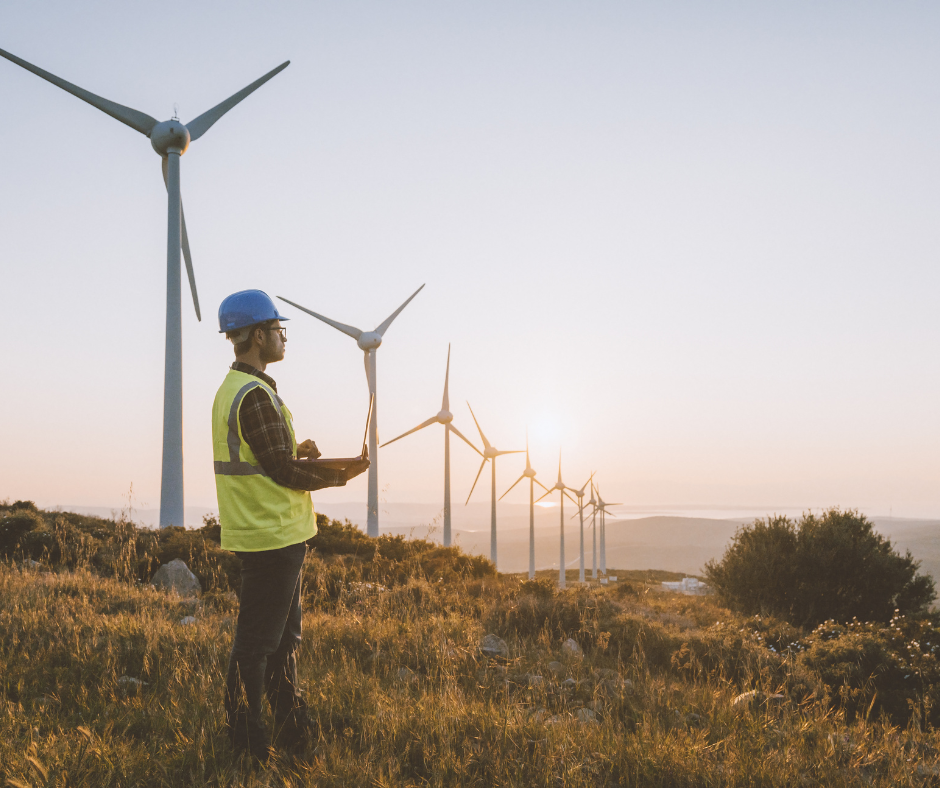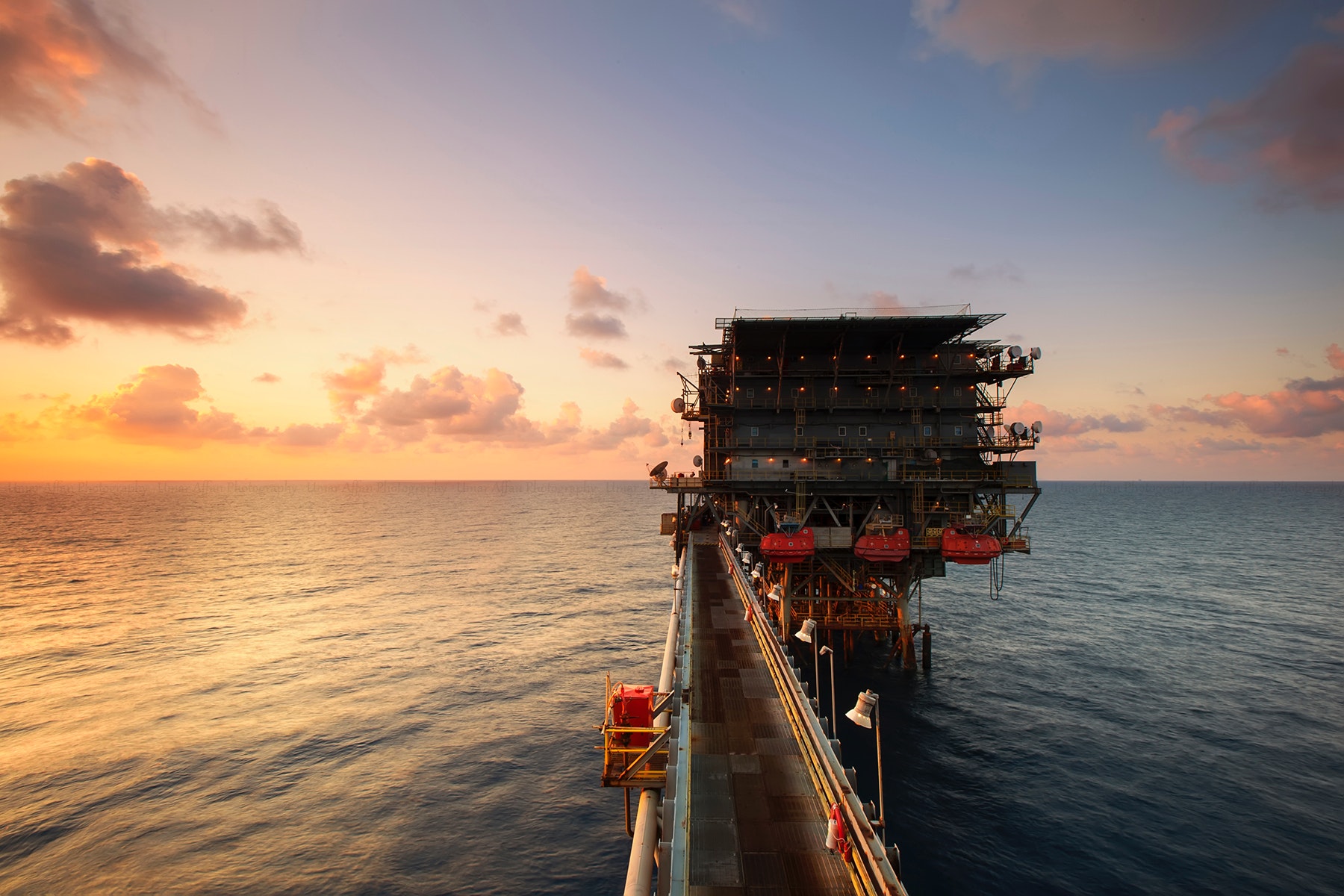The long-awaited Chubb report was published on Monday 9th January 2023. Its purpose to “ensure Australian Carbon Credit Units (ACCUs) and the carbon crediting framework maintain a strong and credible reputation supported by participants, purchasers and the broader community.1”
The government has agreed (in principle) to enact all the proposed recommendations.
But let’s start at the beginning. The Chubb review came about following claims that the scheme was not robust, being managed badly and not fit for standards, especially on the international stage.
Following the King report in 2020 this view was exacerbated by the Clean Energy Regulator (CER) taking on an even larger role in this opaque market, holding the keys to the design of ACCU methodologies, registration and regulation of those projects, a data source for the “independent” ERAC (the Emissions Reduction Assurance Committee – the independent committee overseeing the ACCU market) and buying ACCUs on behalf of the Australian Government. Some may say it was a keys to the castle type deal.
Therefore, transparency and independence were unsurprisingly the key focus for the Chubb review. Both from the regulatory and data access standpoints, obviously maintaining privacy where required. With upcoming changes in the Safeguard Mechanism expected to come into force in the new financial year and increasing interest in ACCUs from the Hydrogen industry (to ensure certification meets international standards such as CertifHy) the robustness of the scheme must be unimpeachable.
I think the most interesting part of the review is the u-turn from the previous Morrison government’s stance, which mandated in 2021 that their own Climate Active standard would have required members to increase their “carbon neutrality” through a minimum of 20% or 30% ACCUs dependant on size. This reversal, to no such mandate, is showing the business community at least that an international certification is enough for this government. Not the strong climate stance that is being pitched from the floors of Canberra.
As with many of these papers I am finding little accountability and more future safeguarding. Especially around human-induced regen (noting that ends this year), carbon capture and storage and landfill waste gas, with no individual projects reviewed, the current standard of certification cannot be confirmed, yet it is likely to be significantly tightened if the advised transparency is enforced.
Overall, I can’t help feeling this was not more than a necessary boondoggle, yes some interest groups have had some wins, but it was necessary to achieve its end – it is going to undo a significant number of the controversial King review and Morrison Government changes.
Reversal however will come at a price, there will likely be a significant amount of funding put in place to reduce the both “real and perceived,” burden on both the CER and especially the Emissions Reduction Assurance Committee (ERAC). The latter of whom will be dis-banded and renamed the Carbon Abatement Integrity Committee (CAIC), moved out from the CER with full data access restored and with a remit which, if enacted within 6 months, could see them as an Independent Statutory Authority, a level the ERAC currently hold but are handcuffed from enacting upon.
Personally, I think any changes which bring transparency to this market, its accreditations and oversight can only be positive. There is still the government tender for an ACCU exchange to be developed which would further assist this transparency, but I also fear it has stopped short of really making the Carbon Market in Australia un-penetrable.
With Climate Active still supporting accreditations from Certified Emissions Reductions (CERs), Verified Carbon Units (VCUs) amongst others and an increasing number of lesser regulated Carbon Neutral certificated (iRECs etc) being used for Carbon Neutral Claims, I think this review could have used its opportunity to ensure the Australian Carbon Neutrality Certification would be seen as a world leader. Instead, I fear it is trying not to shake an already leaking boat, with pressure for ACCUs likely to increase with Safeguard changes and the HIR methodology ending in 2023, as well as the new “REGO” scheme being touted as “voluntary surrender only” with no regard for the impact to the LGCs market. Another knee jerk could have put too much price pressure on a market which is not only opaque but likely to come under significant demand, and that is before the increased scrutiny once data is widely available.
No, the Chubb review has done its job, it has unwound a lot of the misgivings people had. It should increase transparency, a feat which has been loudly called for in this market since its inception 11 years ago and not ruffled too many feathers in the process. I guess I just hoped for more.
References: 1: https://www.dcceew.gov.au/climate-change/emissions-reduction/independent-review-accus





